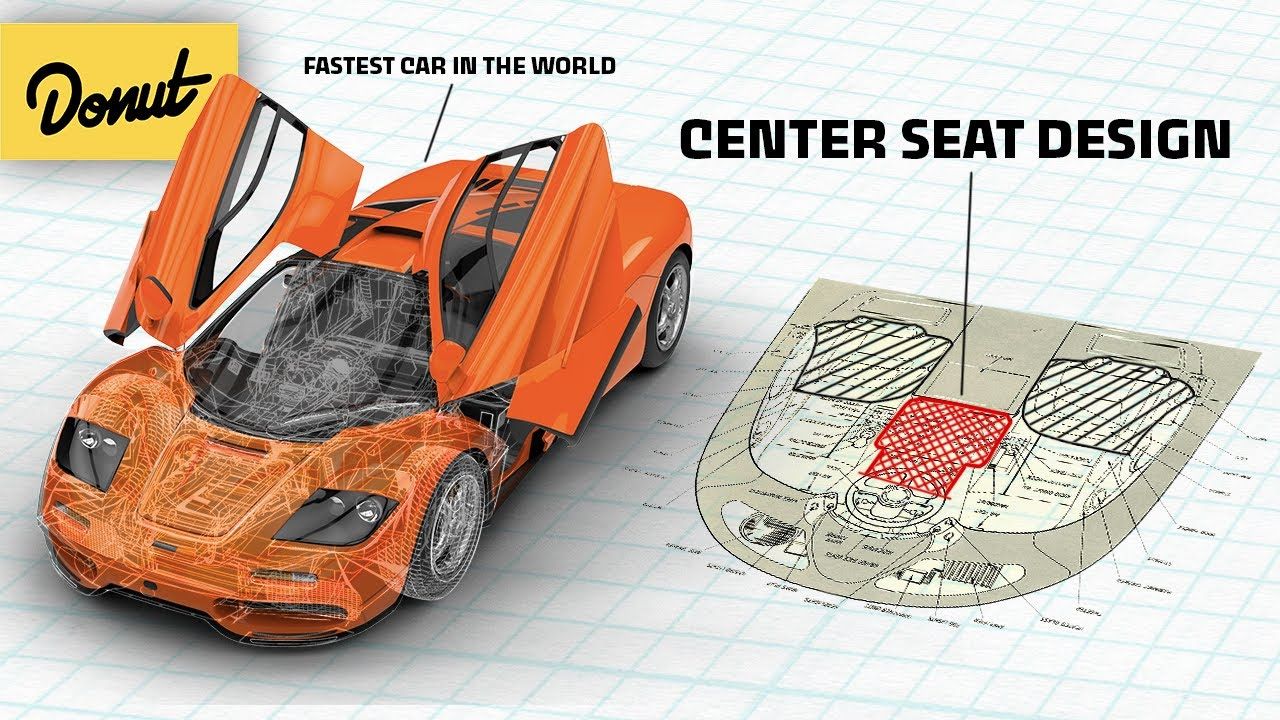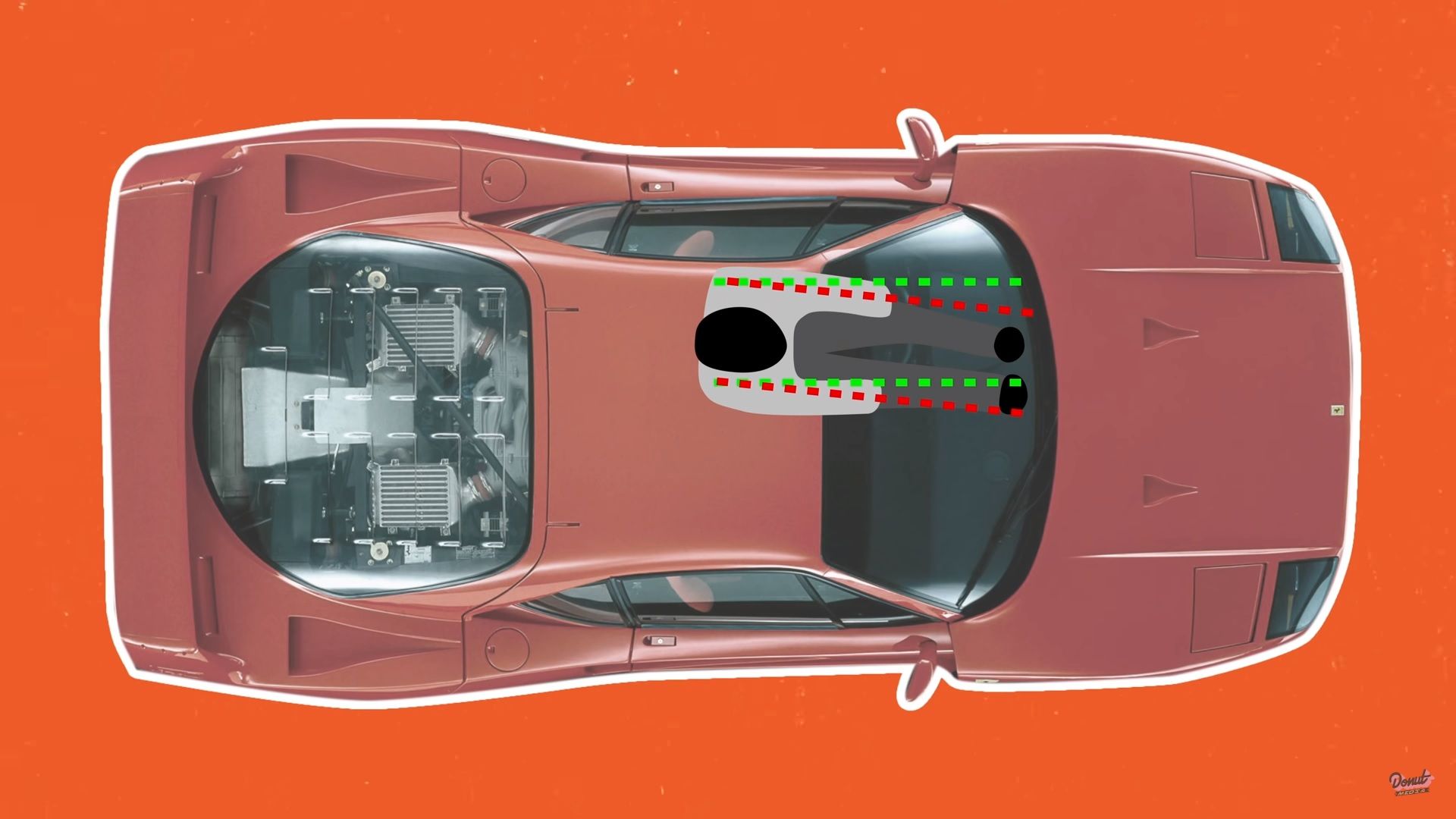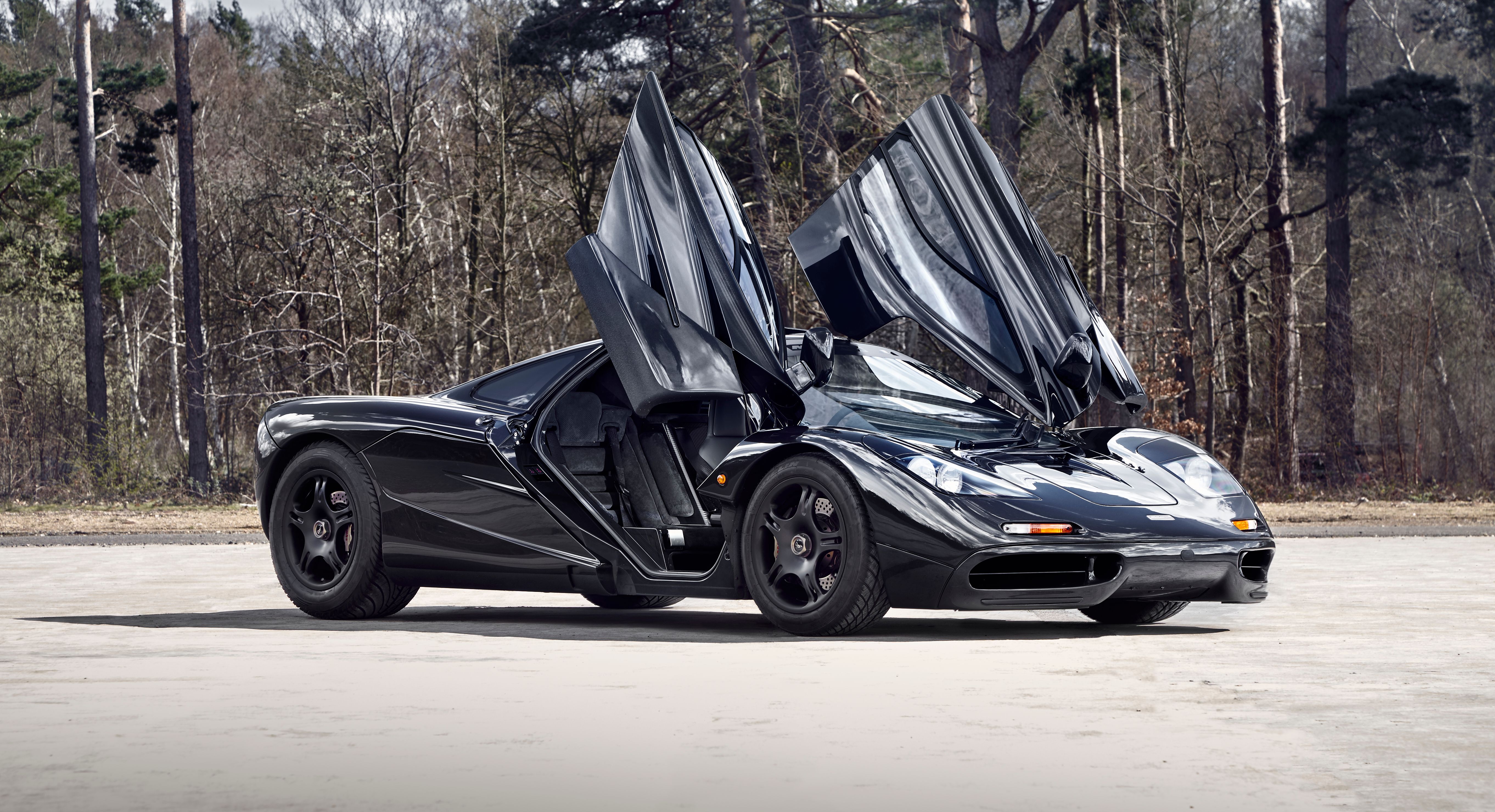Although it's barely 30 years old, the McLaren F1 is already an authentic classic. This status comes from the fact that it was a groundbreaking design in the early 1990s, bringing Formula One and state-of-the-art technology to the road. The McLaren F1 was a hypercar before hypercars were a thing and held the record for the fastest production car for no fewer than 12 years. It introduced a unique three-seat design, it was the first car with a carbon-fiber monocoque, and it was powered by a BMW-made V-12 engine that's still the most powerful naturally aspirated mill out there.
Oh, did I mention that it won the 24 Hours of Le Mans with small upgrades made to the road-going car? The folks over at Donut Media just released a video in which they discuss all the great tech behind the McLaren F1. And it's as interesting as they get.
The video touches three main components of the F1, starting with the three-seat design. A revolutionary approach back in the day, the three-seat layout with the driver's seat in the center was developed for several reasons. For starters, it allowed for the pedal box to be aligned to the driver's feet.
The layout also improves visibility, as a central position provides a better view of the road ahead. It also provides more headroom, as the cabin is usually taller in the center than on the sides, especially when it comes to canopy-style roofs usually found on supercars. Of course, Murray wanted a central seat because the F1 was also heavily inspired by McLaren's Formula One cars. Since the weight of the driver makes a big difference in lightweight sports cars, a central position improves weight distribution.
Then there's the carbon-fiber monocoque, an industry-first feature for road cars when the F1 was launched. The technology wasn't exactly new, as McLaren had been using it in Formula One since 1981, but it was adapted for the very first time for a road car. The video explains how McLaren designed it in order to make the F1 lighter and stiffer than any other supercar available in the 1990s.
Finally, Donut Media talks about the engine, a V-12 masterpiece developed by BMW on specific requirements it had received from Gordon Murray.
The cylinders were also only three millimeters apart, resulting in a super compact design. The inconel exhaust system also acted as a rear-impact absorber, making McLaren the first (and probably the only) automaker to integrate the exhaust into the car's safety features. Another notorious detail is the gold foil lining of the engine bay as insulation against heat.
Check out this great video for more info on all of the above.
Donut Media0}
The McLaren F1 was introduced in 1992 after several years of development. Production lasted until 1998, but despite its long life cycle, the F1 spawned only 106 units and not all of them were sold to customers.
The production run also included seven prototypes and 28 race cars, leaving actual road car production to 71 examples. 64 of them were standard F1 models, five were built in LM specification, while two left the factory as longtail GT versions. Some of the race cars were converted to road-legal spec at the end of their racing careers.
The McLaren F1 is already a prized classic, with most examples evaluated at more than $5 million. The rarer models can fetch more than $10 million at auction and one LM-spec car changed owners for almost $20 million in 2019.





